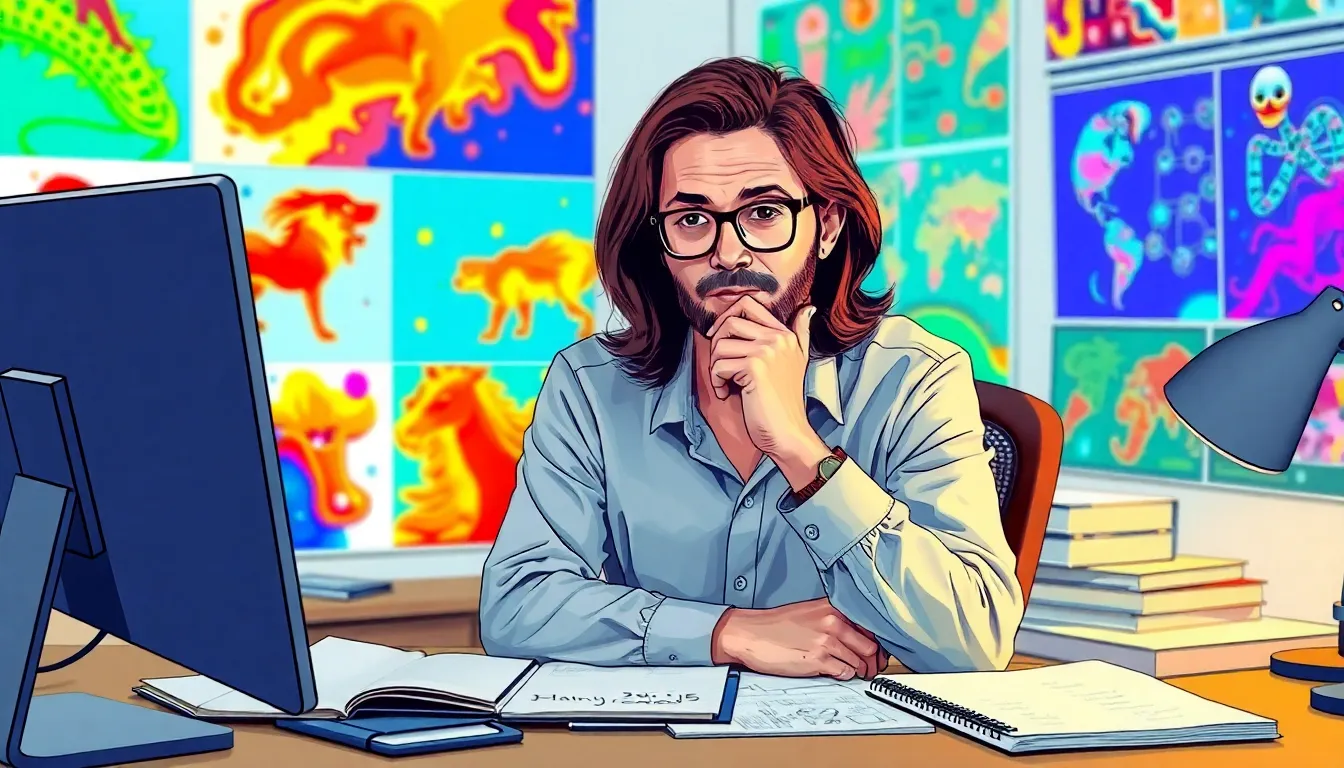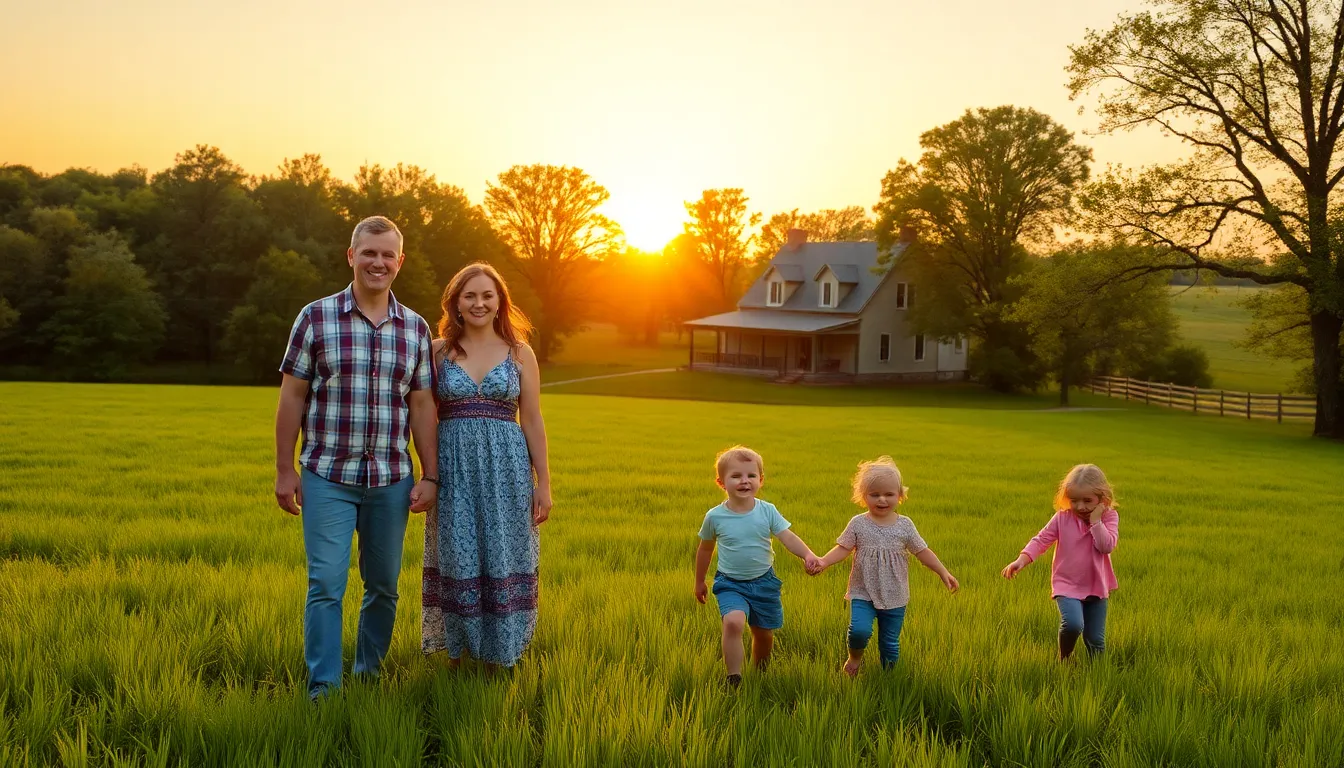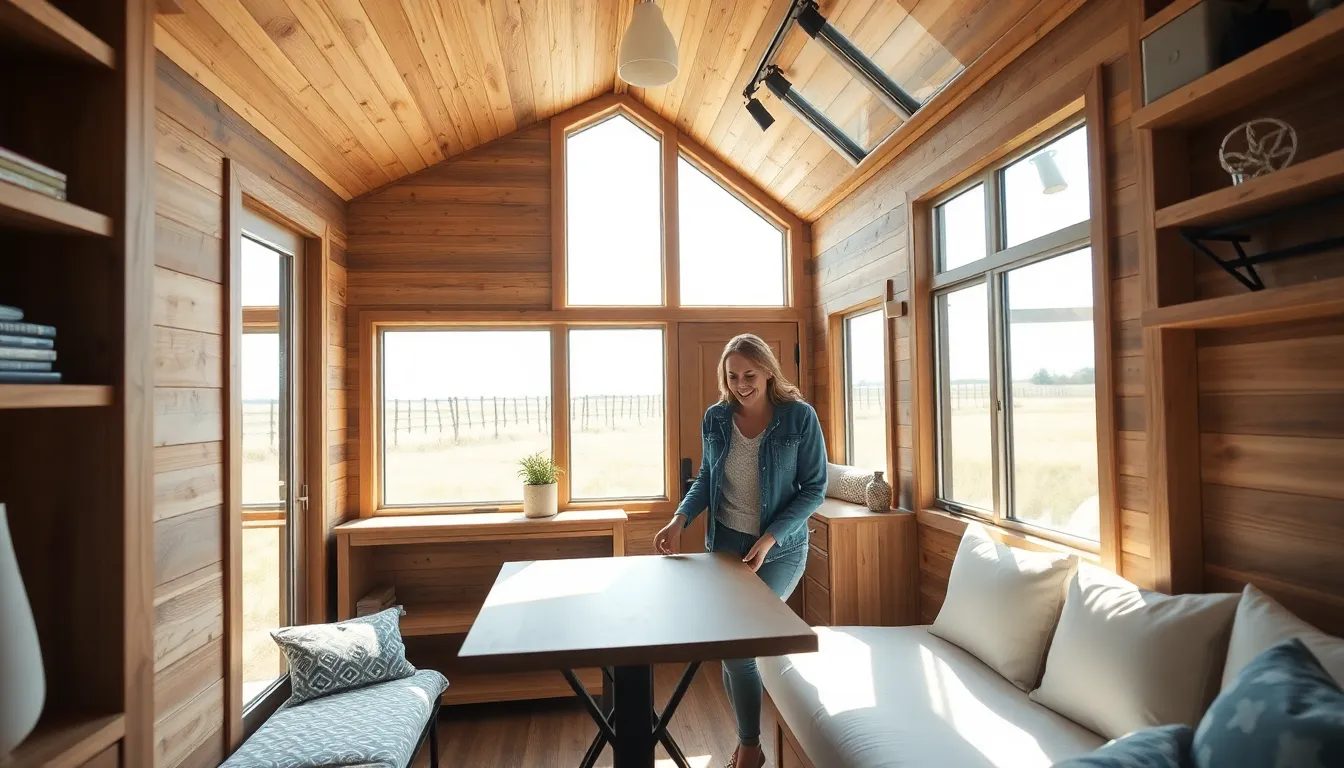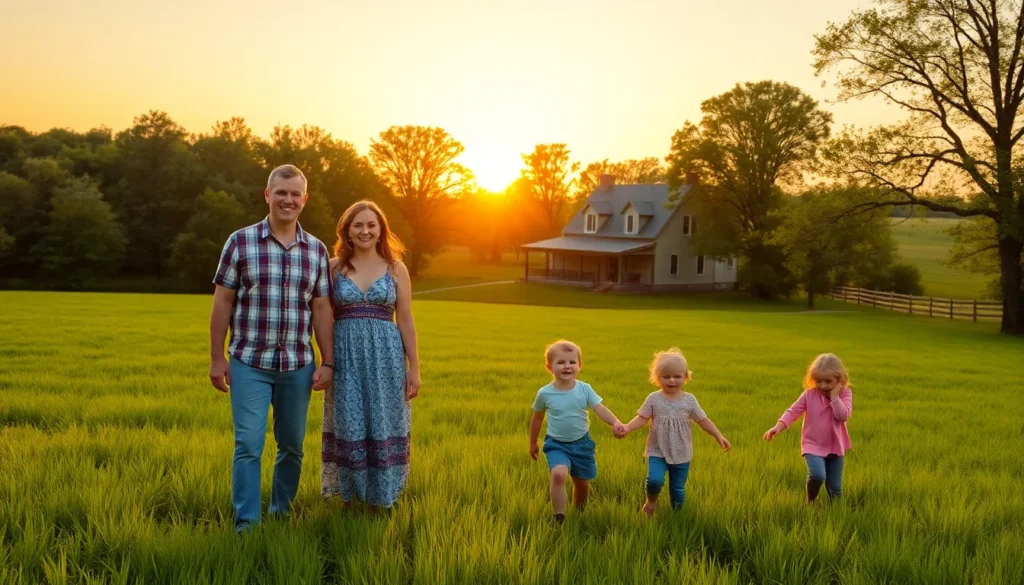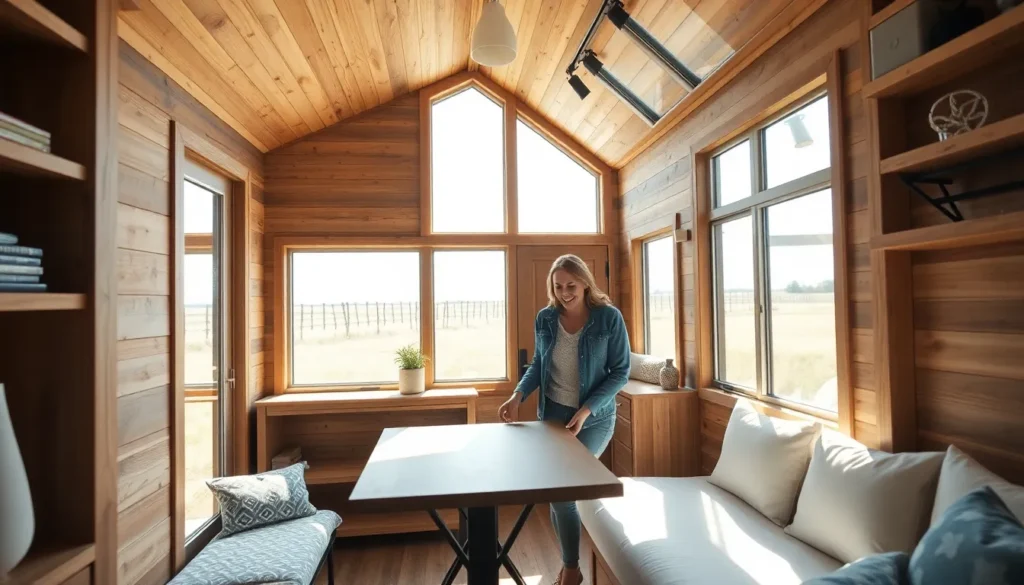In a world where robots can whip up stunning artwork faster than you can say “Picasso,” the question of copyright is more relevant than ever. AI-generated images are taking the art scene by storm, leaving artists scratching their heads and lawyers racing to keep up. Who owns the rights to a masterpiece crafted by a machine? Is it the programmer, the user, or the algorithm itself?
Table of Contents
ToggleOverview of AI-Generated Images
AI-generated images represent a transformative shift in the art landscape. They arise from algorithms analyzing vast datasets to produce unique visuals. This technology yields artworks that can mimic human creativity, often challenging traditional definitions of authorship.
Artists and developers face unclear ownership rights. The question of whether copyright belongs to the software creator, the operator of the AI tool, or the algorithm itself remains unresolved. Legal frameworks have yet to catch up with this rapid evolution. Current discussions focus on defining the human involvement necessary for copyright to attach.
Copyright law traditionally requires a human author. In contrast, AI operates autonomously, generating images without direct human input. Courts and legislative bodies explore various interpretations of originality in AI outputs. Name recognition of AI-generated pieces complicates this further, as the algorithm does not possess personal intention or comprehension.
Organizations like the U.S. Copyright Office have started addressing these challenges. They provide guidance on registration, specifically emphasizing the need for human creativity. Distinctions between AI-assisted and fully autonomous creations play a crucial role in legal considerations.
Trends indicate increasing reliance on AI for commercial art. This usage raises substantial ethical questions about ownership, attribution, and fair use. As the technology advances, ongoing legal assessments will shape the future of art and copyright.
Legal Background of Copyright
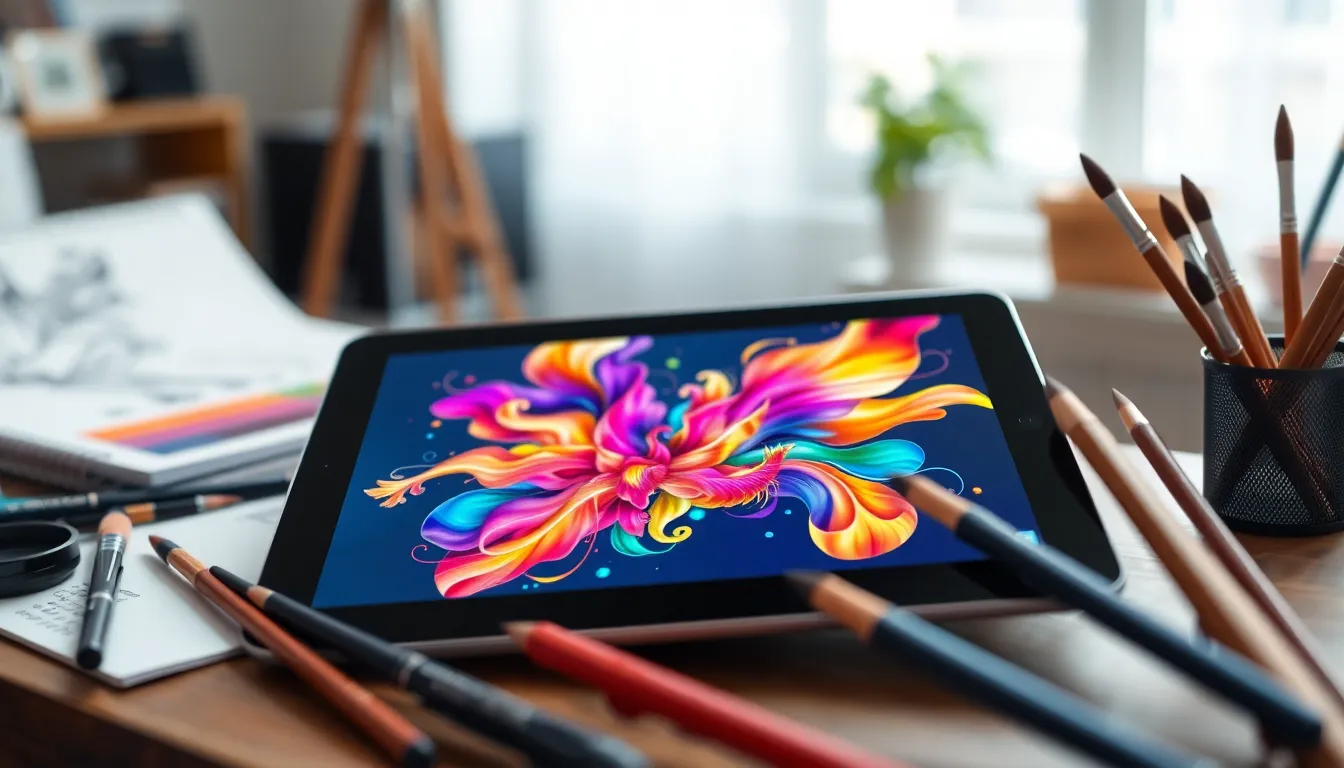
Copyright law fundamentally protects original works created by human authors. Traditional principles hinge on the notion that a creator must possess some level of autonomy and intention. This principle raises questions about how AI-generated output fits within the established frameworks.
Traditional Copyright Principles
According to U.S. copyright law, original works require a human author. Statutory provisions emphasize the need for a creative spark, derived from personal experiences or insights. AI-generated images complicate these definitions, as machines produce art without any human creativity involved. Determinations around who holds rights to AI outputs remain ambiguous. Courts assess originality, creating challenges in applying traditional principles to autonomous creations. Without human authorship, many argue that AI images cannot be copyrighted under existing laws. Expect ongoing legal debates as stakeholders examine these issues further.
Application to Digital Art
Digital art’s evolution aligns closely with advances in technology, including AI. Artists increasingly utilize AI tools to enhance creativity, posing questions about ownership and authorship rights. As AI systems produce unique visuals based on input data, determining rights becomes complicated. Creators must address whether the end-products are joint ventures or solely owned by the artist. Legal bodies are exploring potential revisions to copyright laws for digital and AI-generated art. Emerging regulations may require clarification on distinguishing between human-created, AI-assisted, and fully AI-generated pieces. This ongoing evolution impacts how artists engage with AI in artistic expression.
Recent Rulings on AI-Generated Images
Recent court rulings on AI-generated images significantly address copyright ownership. Legal entities increasingly evaluate how existing laws apply to these new creations.
Key Court Cases
Multiple court cases are setting precedents for ownership rights in AI-generated artwork. The “Thaler v. Commissioner of Patents” case emphasized that an AI system could not hold copyright, asserting that only humans can be considered authors. In another instance, the U.S. Copyright Office rejected registration for an AI-generated work because it lacked human authorship. Such cases illustrate the judiciary’s ongoing struggle to define the role of AI in creative processes. As courts examine these rulings, interpretations of authorship and originality continue to evolve, influencing how future cases will be resolved.
Implications for Creators and Users
Implications of these rulings extend to both artists and users of AI tools. Creators face uncertainty regarding their rights over AI-generated images, potentially impacting their willingness to embrace these technologies. Users of AI applications must navigate complex legal landscapes when using generated images in their work. Clarity in ownership rights remains essential for fostering innovation and protecting artistic expression. As organizations rethink copyright frameworks, artists may seek new ways to assert their rights while adapting to the technological landscape. These evolving regulations will shape how creators leverage AI in their artistic endeavors.
Ethical Considerations
Ethical concerns around AI-generated images touch on ownership and impact on the broader art community. These aspects prompt critical discussions as technology evolves rapidly.
Ownership of AI-Generated Content
Disputes loom regarding who holds the rights to content generated by AI. Programmers often claim credit for the algorithms they create. However, users of AI tools may argue for ownership over images produced during their interactions. Legal experts highlight that established copyright principles require human authorship, complicating matters further. Recognition of ownership rights remains key for establishing legal frameworks that adapt to new technologies. Clear definitions might ultimately guide the allocation of rights in AI-generated works.
Impact on Artists and the Art Industry
The rise of AI-generated images influences artists significantly. Many artists express concern over job displacement due to automation. Traditional creators wonder whether their unique styles can survive in an environment where algorithms replicate and innovate rapidly. Ongoing legal disputes further complicate their ability to monetize creations. Artists seek clarity about their rights, hoping that revised laws will protect their work in an increasingly digital landscape. Innovators in the art industry may leverage AI technology while grappling with ethical implications and potential changes to their practices.
Future of AI-Generated Images Copyright
The future of copyright for AI-generated images remains uncertain. Legal frameworks need to adapt to the evolving landscape of digital art. As courts continue to address ownership disputes, the need for clear guidelines grows. Artists depend on legal clarity to safeguard their creative expressions while using AI tools.
New legislative proposals may emerge in response to these challenges. These changes could redefine what constitutes authorship in the context of AI creations. Courts like the U.S. Copyright Office emphasize human creativity, indicating that registration requires a human author. As a result, shifts in policy may impact how AI-generated works are treated legally.
Experts predict ongoing dialogue among artists, legal professionals, and policymakers. Stakeholders must collaborate to navigate the complexities of AI-generated content. Clearer definitions surrounding ownership rights could enhance innovation and protect artistic expression.
Organizations have begun exploring alternatives to traditional copyright models, potentially accommodating AI-generated content. Some advocates argue for frameworks recognizing both human and AI contributions. This approach could foster a more inclusive environment for creators.
Concerns about economic impact on artists also remain prevalent. Many creators fear job displacement due to AI technologies. Hence, clear regulations could empower artists, enabling them to harness AI without sacrificing their artistic identity. As advancements continue, dialogues around ethical considerations will influence future copyright rulings.
Engagement among stakeholders may lead to a more balanced approach in addressing ownership rights. Licensing agreements could evolve, offering solutions for artists utilizing AI-generated images. The next few years could determine how these tools shape artistic practices and copyright considerations.
The evolving landscape of AI-generated images poses significant challenges for copyright law. As courts and lawmakers grapple with the implications of these creations, the need for clear ownership guidelines becomes increasingly urgent. Artists and users alike face uncertainty regarding their rights, impacting their engagement with AI technologies.
Future legal frameworks will need to balance innovation with protection for creators, ensuring that artistic expression thrives in this new digital era. The dialogue among artists, legal experts, and policymakers will be crucial in shaping the future of copyright, allowing for a more inclusive approach that accommodates the unique nature of AI-generated artwork.

